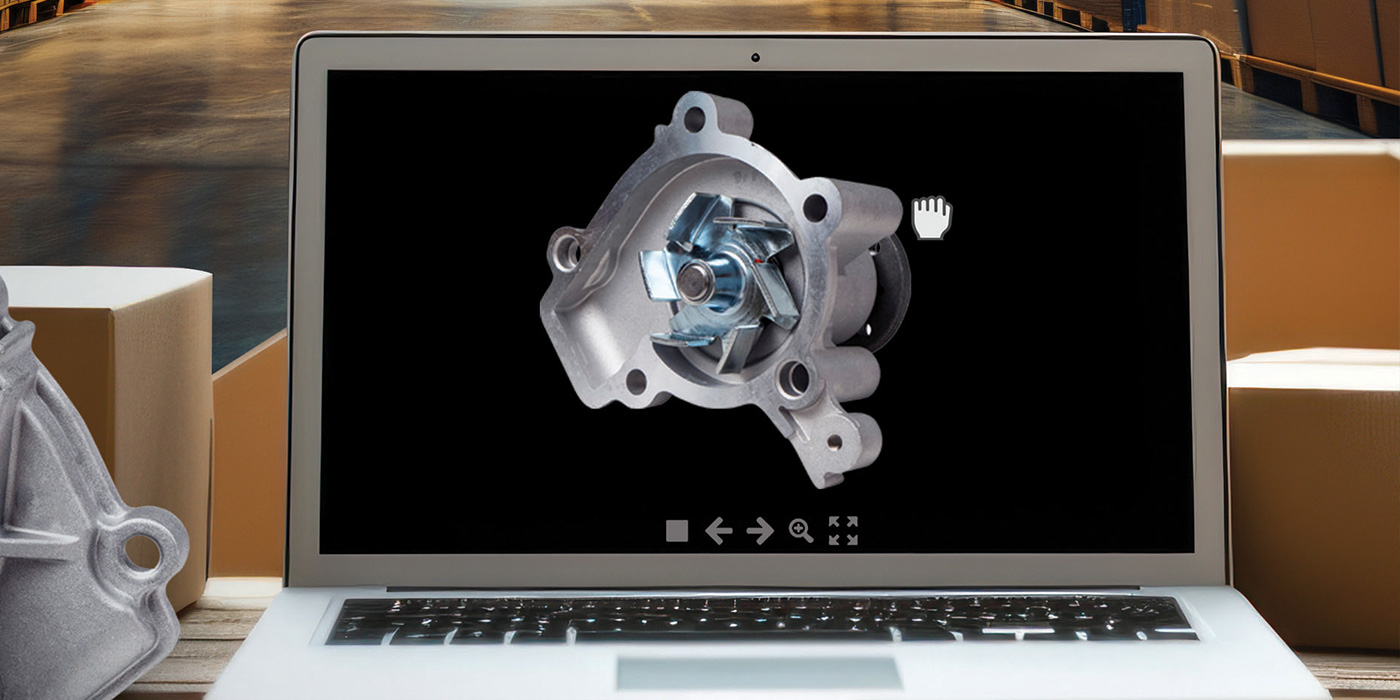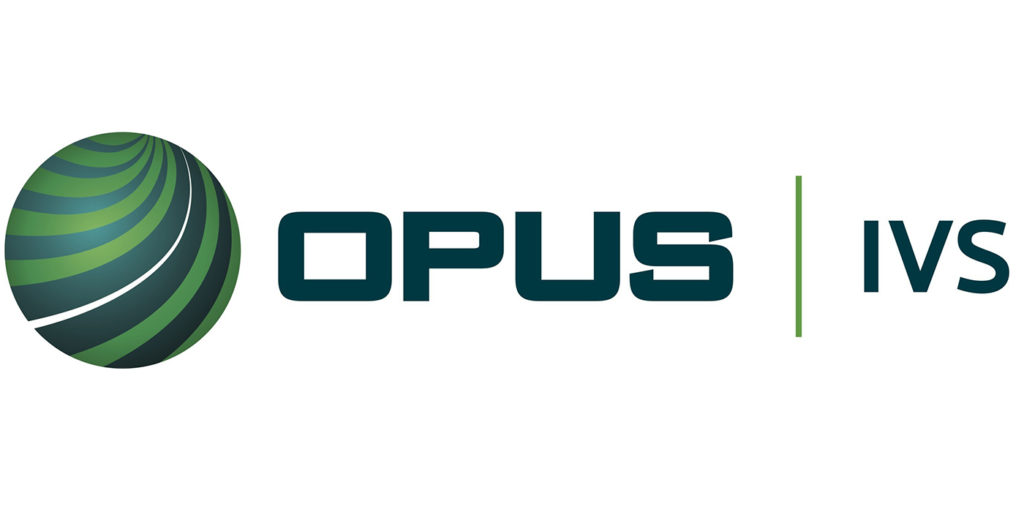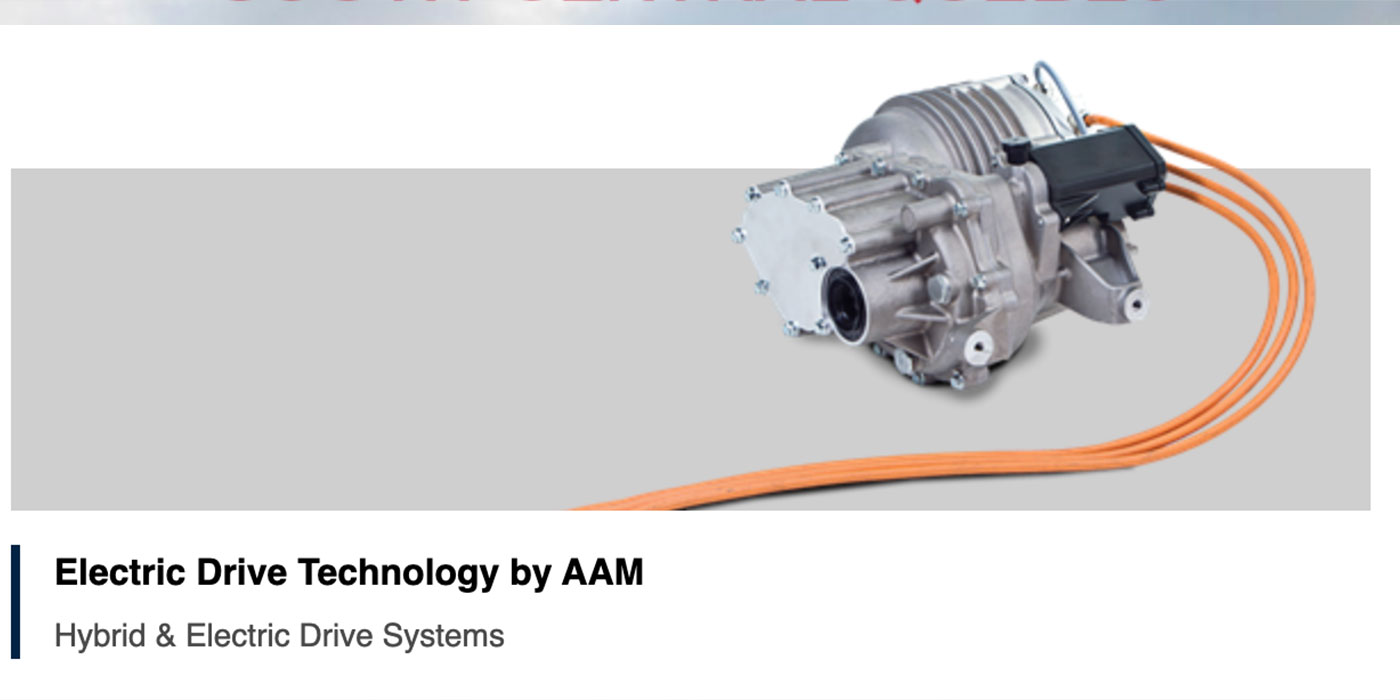From Automotive Design & Production
With the continued troubles at Ford and General Motors and the periodic announcements of another major supplier going bankrupt (e.g., the recent announcement by Dana), the conventional wisdom is that the North American automotive industry is an almost impossible place to make money and that we are “overdue” for a major industry re-structuring, particularly in the supply base. While there is no question that certain industry players will not survive the current transition, we believe the projections of a radical re-structuring of the industry are overstated and industry participants need to be prepared to deal with continued overcapacity in many industry segments.
One of the problems is that much of the press coverage of the last six months has relentlessly focused on the weakest players in the industry to the virtual exclusion of the successful one. Consequently, many people both inside and outside of the industry have an unrealistically bleak picture. For one thing, despite what seems to be the case, there continues to be growth in the North American automotive market. Americans have clearly not lost their love affair with the automobile.
What has made life so difficult for industry participants in the last 12 to 18 months has been the increased volatility of sales on a monthly/quarterly basis. A monthly swing of 4 to 8 million units of sales on a seasonal annually adjusted rate adds tremendous cost to the system and puts a significant strain on already financially weak suppliers. What’s more, sales volatility has been concentrated in just a handful of players, not all OEMs. The theme the “weak get weaker and the strong get stronger” is being played out in multiple levels of the automotive supply chain, from OEMs through dealers. One of the areas in which this is most prevalent is the supply base.
An Environment of Clear Winners and Losers
Starting in the early 1990’s, the supply base began to segment in a number of ways. Most industry analysis focused on the trend towards supplier tiering and the development of the “Systems Integrators” or “Tier Ones.” The prevailing theory at the time was that two or three suppliers would dominate each key component/system segment (e.g., seating, bumper modules, etc..) and the rest of the supply base would be relegated to second-class citizenship by being a Tier 2 or 3. This belief in going after segment dominance to ensure Tier One status led many suppliers to focus on revenue growth at the expense of almost everything else. It was a major factor in the significant price declines in many supplier segments (they were busy chasing market share) and it was a major contributor to the acquisition binge of the late 1990’s. It is the debt burden of these acquisitions (many of which were ludicrously over-priced) that tipped several suppliers into bankruptcy during the last 12 months.
What most of the industry missed in the 1990’s while they were focused on the tiering model, however, was the emergence during this same time frame of different supplier strategy models. Suppliers that did not jump on the “bigger is always better” bandwagon worried mainly about deepening and protecting their intellectual capital. While they did not grow their top line as quickly as some of the other industry players, they did take advantage of strong industry sales to strengthen their competitive position. When the Big Three began to have serious problems in early 2000, the importance of having a differentiated strategy became very apparent.
For the last few years, if you divide the supplier community into four quartiles, their financial performance falls into three categories:
* Top Performing Quartile — these suppliers make 60 to 70 percent of supplier industry profits
* The Middle Two Quartiles — Break-even or are modestly profitable
* The Bottom Performing Quartile — these are the suppliers that are always on the financial edge and many of them have or will go into bankruptcy as the result of current industry conditions.
As the demands on the supply base have become greater in the last few years, the ability of the more profitable suppliers to invest in key areas makes it increasingly difficult for everyone else to catch up. It is this continuing divergence of performance that has led to the speculation by many industry analysts that 25 to 40 percent of the automotive supply base will not make it through the next five years.
Significant Barriers to Exit
Since the mid 1980’s, there have been numerous projections that the supply base was going to be radically down-sized. While there has clearly been some degree of shakeout and industry consolidation over the last few years, it has been more modest than most people projected. The main reason we do not believe that a significant number of suppliers will go away any time soon is because most industry analysts overlook the fact that there are significant barriers to exit for most suppliers. For the larger suppliers, the barriers are the obligations they have to the various financial institutions and their DEM customers. Banks, equity groups, mezzanine lenders, etc… will all work with a supplier as long as necessary to reduce or eliminate their exposure. This tends to keep problem suppliers artificially alive with some of them going in and out of bankruptcy several times.
More importantly in terms of the number of industry participants, are the primarily family owned second- and third-tier suppliers. Many of these companies, particularly in the two middle performing quartiles, decided several years ago that selling their businesses made sense, given the increasing competitive pressures and numerous industry uncertainties. The only problem was that when they brought someone in to do an evaluation of the business worth and/or actively tried to sell the business, they discovered that by the time they were done paying off their debts and investing the sale proceeds, they couldn’t maintain their current lifestyle. They were better off keeping the business, even if it was only marginally profitable because it still supported most of their standards of living (e.g. cars, club memberships, salaries for family members, etc.). It is this concept of “running a business to support a lifestyle” that will keep many businesses as active industry participants for the foreseeable future. They may move down the food chain, but most of them will still be here five years from now.
The Lesson?
It all still comes back to strategic differentiation. Too many value-added suppliers keep waiting for their dysfunctional competition to go away rather than focusing on what they can actually control. The key for any good supplier is to continuously raise the competitive barriers and to make sure that their customers do not view these lesser competitors as viable competition. In that case, strategy is not dependent on whether or not these forecasts of significant industry consolidation are correct.
Copyright 2006 Automotive Design & Production. All Rights Reserved.
_______________________________________
Click here to view the rest of today’s headlines.













